During the late summer and early fall of 1864, the city of Atlanta became the spot for a major battle of the Civil War a the Union Army pushed south from Tennessee. The two armies clashed in various small and large battles, ultimately leading to the Fall of Atlanta on September 2, 1864. The following photos capture the lead-up and aftermath of the battle that would ultimately pave the way to the Confederacy's surrender.
1. Confederate artillery emplacements
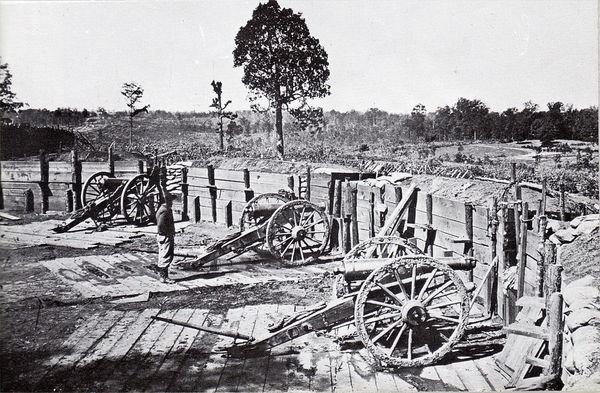 |
| (Confederate artillery emplacements) |
Confederate sappers constructed a number of artillery emplacements covering the avenues of approach to Atlanta. The artillery in this fortification overlooks Peachtree Street in this 1864 photo.
2. Confederate fortifications around Atlanta, Georgia, in 1864
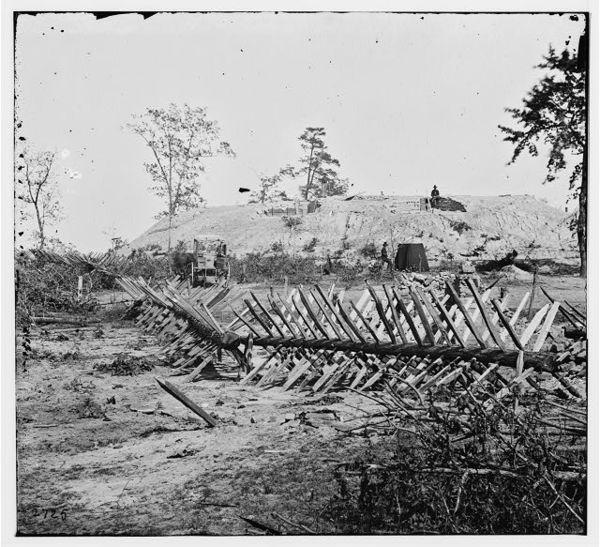 |
| (Confederate fortifications around Atlanta, Georgia, in 1864) |
The wagon and portable darkroom of photographer George N. Barnard is visible in the photograph.
3. Fort Walker, October, 1864
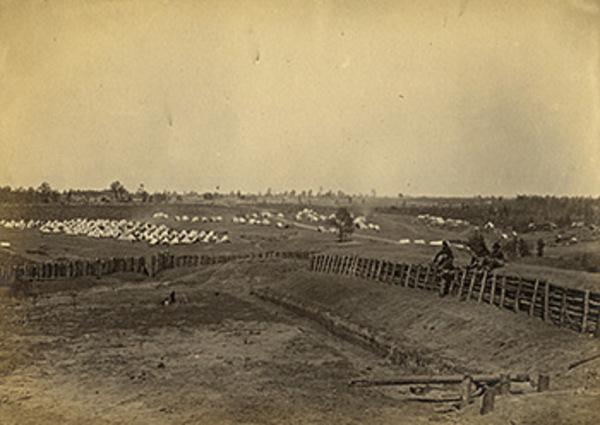 |
| (Fort Walker, October, 1864) |
Fort Walker, located in present-day Grant Park, Atlanta, Georgia, with Union troops encamped north of the fort, October, 1864. Photograph by George H. Barnard. Courtesy of US Military Academy Special Collections.
4. Wagon train leaving Atlanta, Georgia, 1864
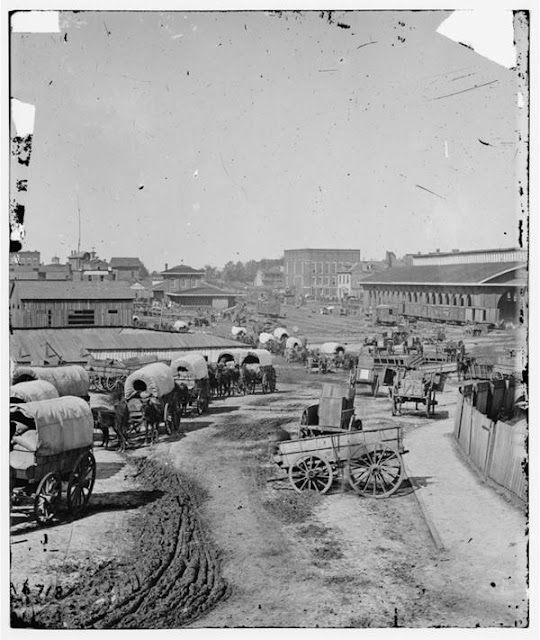 |
| (Wagon train leaving Atlanta, Georgia, 1864) |
During the mandatory evacuation, locals loaded up their wagons and headed west. 1864
5. Last train leaving Atlanta, 1864
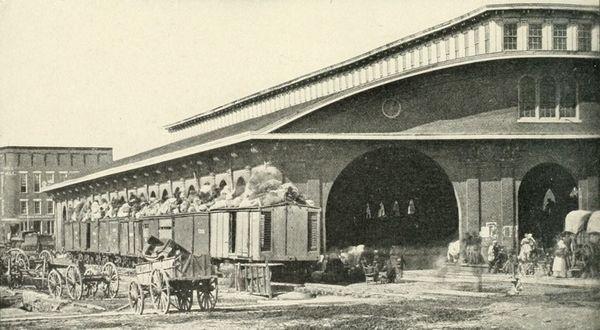 |
| (Last train leaving Atlanta, 1864) |
General Sherman's mandatory evacuation order led to this photograph of the last train leaving Atlanta. With overloaded cars, it will not have enough room for civilians to bring all of their belongings which can be seen littered beside the tracks beside the wagons they left behind and the two chests, 1864.
6. Soldiers, 1864
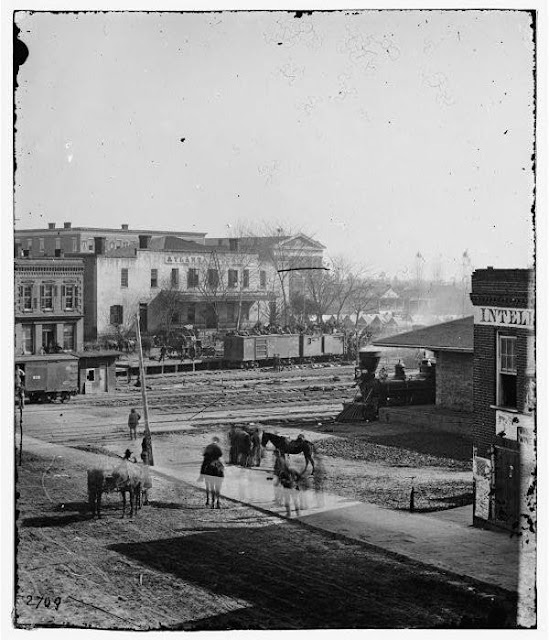 |
| (Soldiers, 1864) |
Soldiers on boxcars at railroad depot in 1864.
7. Massachusetts Camp in Atlanta, 1864
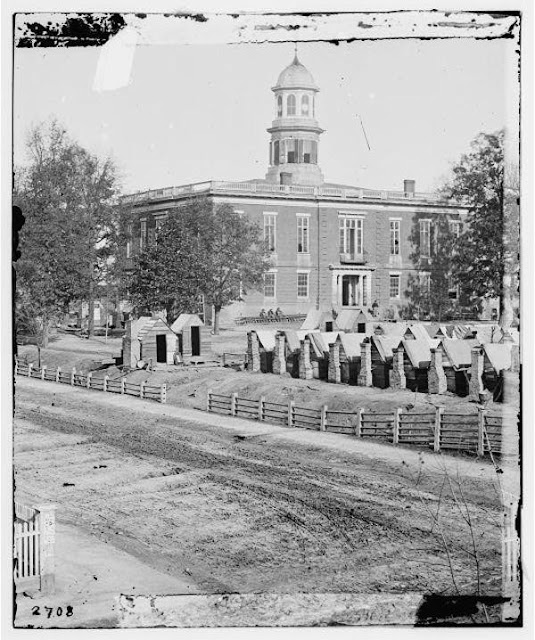 |
| (Massachusetts Camp in Atlanta, 1864) |
Camp of 2d Massachusetts Infantry on the grounds of the Atlanta, Ga. City Hall. 1864
8. Destroying rail infrastructure in Atlanta
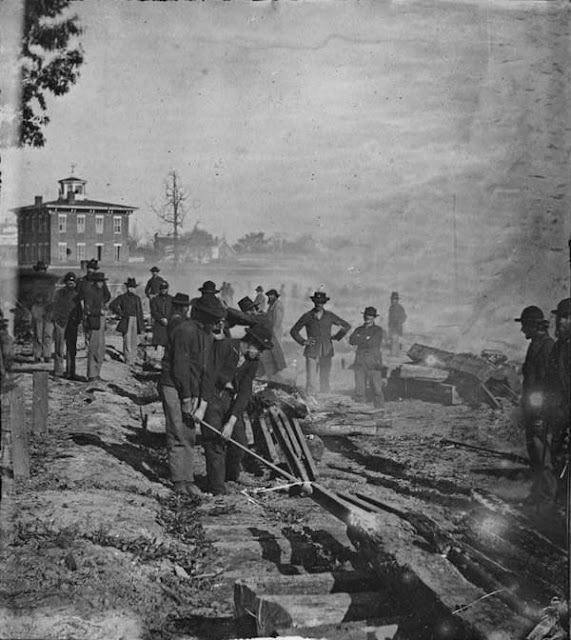 |
| (Destroying rail infrastructure in Atlanta) |
Sherman's army destroying rail infrastructure in Atlanta, 1864.
9. Ruins of Rolling Mill and cars
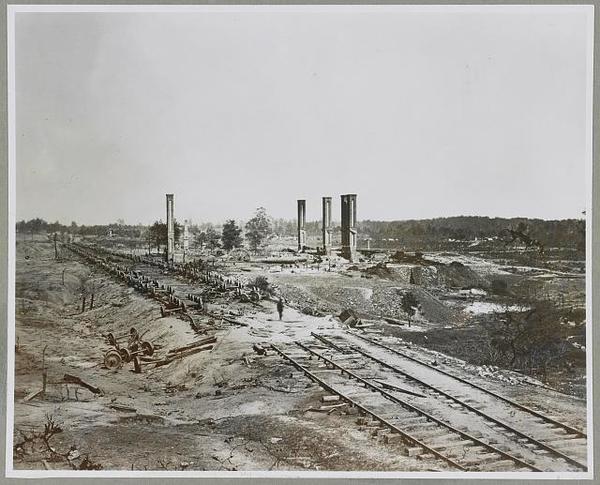 |
| (Ruins of Rolling Mill and cars) |
Ruins of Rolling Mill and cars destroyed by rebels on evacuation of Atlanta, Ga., 1864.
10. Atlanta Depot, November 14, 1864
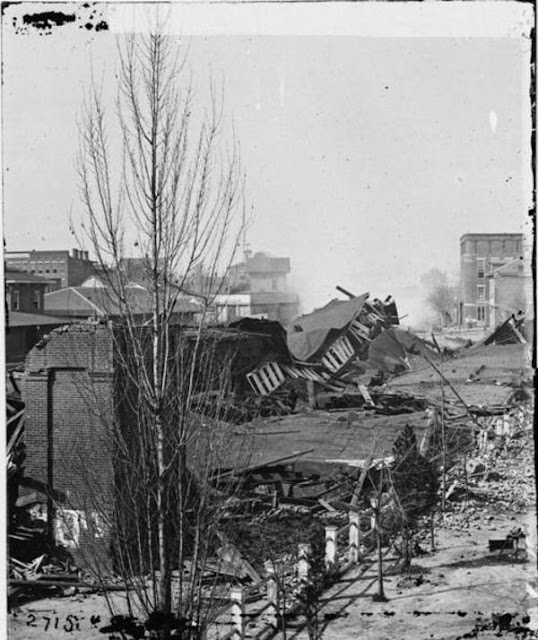 |
| (Atlanta Depot, November 14, 1864) |
Atlanta Depot after it was destroyed by Union forces on November 14, 1864.
11. Atlanta shortly after the end of the American Civil War, 1866
 |
| (Atlanta shortly after the end of the American Civil War, 1866) |
Shortly after the end of the American Civil War showing the city's railroad roundhouse in ruins. Albumen print. 1866.
12. Two years after Sherman left Atlanta, 1866
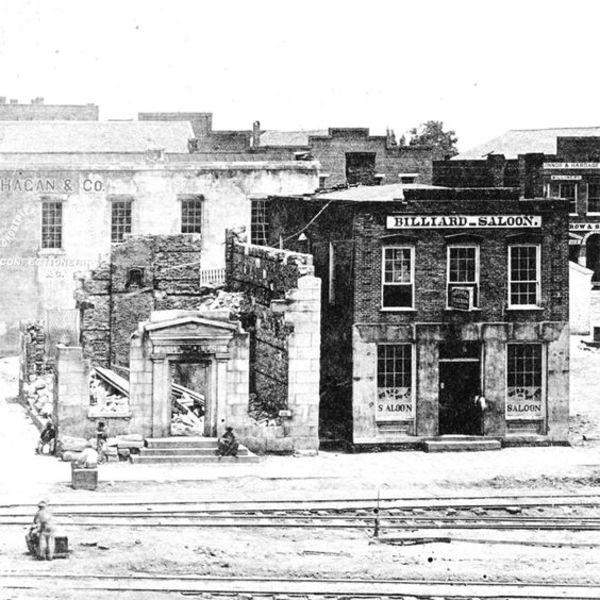 |
| (Two years after Sherman left Atlanta, 1866) |
Two years after Sherman left Atlanta, the saloon is up and running and the bank is still in ruins. “ Peachtree Street, c. 1866 George N. Barnard made this image in the spring of 1866 when he returned to Atlanta to shoot additional scenes.
